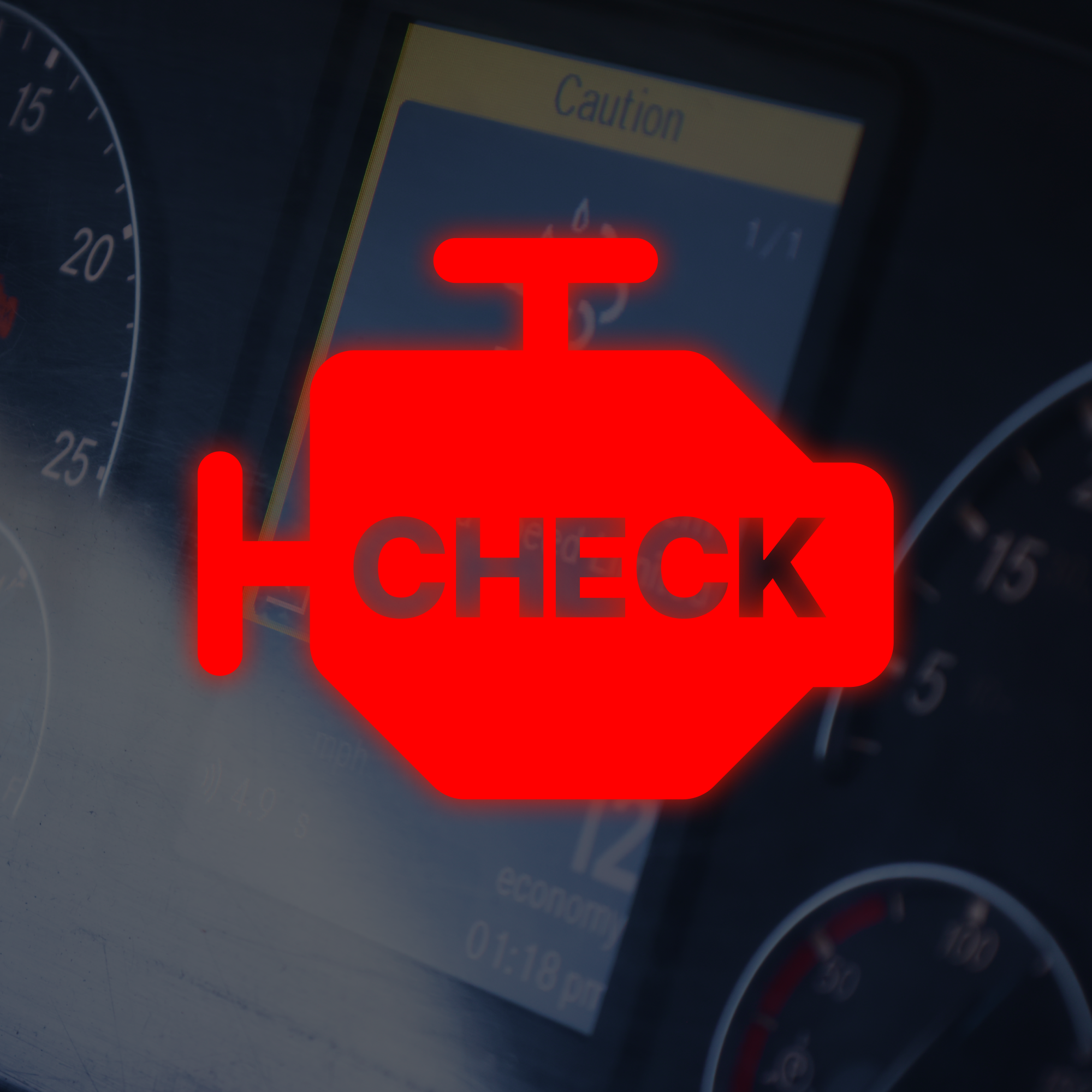This is an issue that gets brought up from time to time and can sometimes be an indicator of a more serious issue looming. For the sake of this discussion, we are going to assume that you have a newer DPF equipped truck (2007+ year model and newer) as non DPF trucks could have some different scenarios.
The role of the DPF Filter
The DPF filter is in place to trap the soot from exiting your tailpipe and as a byproduct it should also be trapping any other contamination coming out of the exhaust. Outside of the break in period and the typical white smoke exhaust coming out on a cold day you should not expect to see anything emitting from the tailpipe. If you do the color can help you narrow down the potential cause and then other symptoms may help you decipher it even further.
Below are the colors you may see and some of the more common potential issues that would cause the corresponding color smoke to emit. This is nothing to be ignored and should be repaired as quickly as possible since damage to the emissions system is highly likely when smoke of any of these colors is coming out of your exhaust tailpipe.

Black Smoke
Black smoke is the most common type of smoke that is emitted. Black smoke is from fuel left unburnt during the combustion event.
The potential causes include fuel injectors sticking, poor turbo performance, EGR valve or EGR cooler issues, dirty air cleaners causing heavy restriction.
This black soot is the main thing that the DPF filter is supposed to be trapping, so at an absolute minimum you will want to check out why it is getting past this portion of the aftertreatment system. And you’ll want to check for any damage to your DEF/SCR system.
Q: What if I have black residue on my exhaust tail pipe?

A: The black residue is caused by some failed component that allowed moisture to enter the aftertreatment system and move the soot particles from your DPF Filter through your SCR system and on your exhaust tail pipe. The failed components can include faulty 7th injector, faulty turbocharger, faulty EGR, and outdated software programming. I would highly suggest running a forced DPF regen and ensure your temperatures are correct along with making sure you don’t have any smoke. The tailpipe should always be clean and not covered with any black residue.

White Smoke
White smoke can be caused by numerous things, but the most common would be raw unburnt diesel passing into the exhaust. This typically occurs with severely defective injectors, poor cylinder compression or even an issue with injection timing.
Another reason you may see white smoke exiting your tailpipe is coolant making its way into your cylinder. This can pass through into the exhaust stream and wreak havoc on your aftertreatment components.
Q: I have a Volvo truck with a D12 engine, the engine revs up at idle and blows a cloud of white smoke, what could be the problem?
A: 2004-2007 Volvo trucks with D12 engines have two EGR valves for regulating NOx emissions. If you are experiencing a rough cold engine start with your engine revving up and down with a puff of smoke, then I would suggest that you make sure that you don’t have EGR related fault codes.
I would also check to see if you have any EGR valves stuck in the OPEN position allowing HOT exhaust gases to enter your intake manifold when it’s not calling for it. You can check this by removing the cross over pipe and ensure no air is flowing at idle.
The symptom would be blowing heavy white smoke with your engine revving up and down at idle. Then once the engine warms up then the smoke goes away. You need to fix/replace any failed EGR components to ensure you don’t have any long-lasting effects on damaging internal engine components.

Blue Smoke
Blue smoke suggests an oil related issue where oil is going through the combustion chamber. Several issues can cause blue smoke, however, the most common ones would be worn valve guides, valve seals or piston rings/cylinder seal being broken. Even changes like the type or grade of oil can potentially cause this so if you have made a change paying extra attention afterwards would be a good idea.
One less common, but possible cause is fuel getting into your oil and thinning the oil out to the point that it is able to pass the rings.
If you have a truck blowing blue smoke, then it is recommended that you have your engine compression tested and/or dyno tested to ensure your engine is running at optimal performance.
If you ever have any fuel, oil, or coolant running through your DOC/DPF or SCR system then it is recommended to have this inspected and/or replaced due to contamination. You can check out our other blog where we cover aftertreatment contamination here.
If you are seeing any of these conditions, I would suggest getting the truck checked out as quickly as possible and getting the appropriate repairs made as the problem can only get worse and more expensive the longer it goes on.
I hope this helps give you some idea of what to expect if you are seeing black, white, or blue smoke from your tailpipe.
Until next time 👋
Stay safe, stay healthy, & God bless.





Freightliner DD13 DD15 Won't Accelerate Past 55 MPH
Paccar MX - 10 Minute Parked Regen